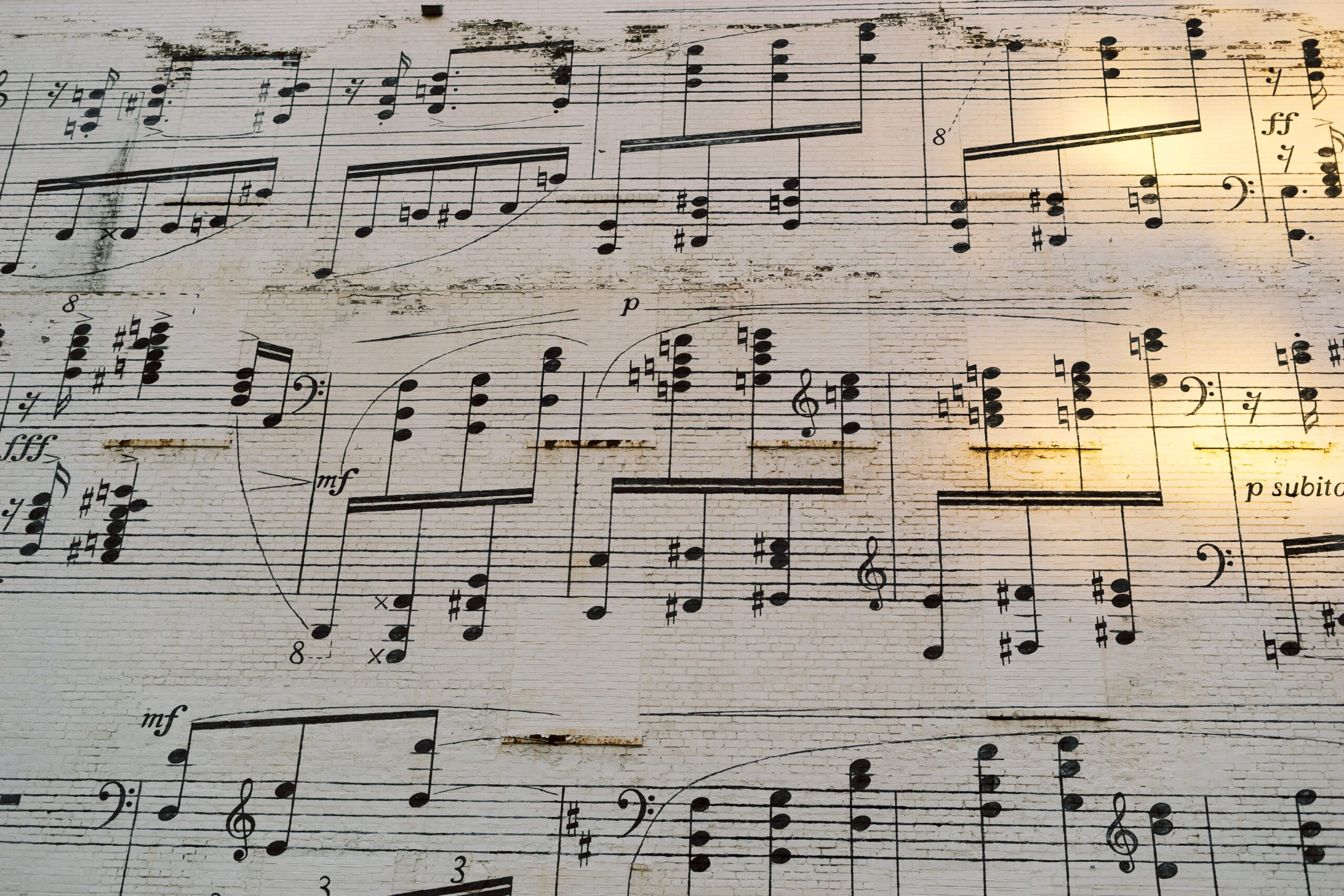What is Syncopation?
What is Syncopation?
As a jazz fan, you obviously love listening to the notes flowing out from the bell of a saxophone, but can you actually visualize those notes, on a staff? Are you able to see the music as well as hear it?
Trust us, learning a bit about musical composition won’t ruin the magic of jazz—far from it, it’ll only enhance it. Because when you gain a deeper understanding of all the intricacies, you’ll develop an even stronger appreciation for the enchanting nature of jazz music!
So, in that spirit, we’re continuing our blog series on the basics of musical theory and composition. If you’re curious to learn more, check out our posts about melody, harmony, and polyphony.
Today, we’re going to be learning about syncopation. But first, before we talk about that, let’s quickly run through the concepts of rhythm and beat. As you might already know, every piece of music has an internal natural flow, like a pulse or the ticking of a clock, that repeats until the end. This pulse is called the rhythm, which is organized into beats per measure.
Syncopation is a rhythmic structure that avoids the natural flow, or beats, of a piece. And how does syncopation avoid the beats, you may be wondering. Well, it’s actually quite simple—the notes are displaced so that they don’t fall precisely on the beats of the time signature. Instead, the notes can be played in anticipation—earlier than you’d expect—right before the marked beats, or they can be delayed and played after each beat of the pulse.
Believe it or not, in some melodies, every single note is syncopated—meaning that every note falls before or after the beat! And in jazz, this is a very popular technique. Most jazz musicians prefer to accentuate the upbeats. So, if you’re tapping your foot along to the music, the notes that are played when your foot is in the air are the ones that are emphasized.
Now this all may sound very complicated, but to the jazz musician, it actually comes quite naturally—eventually, master musicians do it intuitively, just like how you fluctuate your voice while speaking.
Syncopating notes gives the musician freedom to express their own interpretations of the beat. And to be honest, if there was no syncopation, jazz simply wouldn’t be jazz—it wouldn’t sound right—because most jazz compositions incorporate a mixture of syncopated and non-syncopated notes.
Many well-known songs from “Hey Diddle Diddle” to “Orinoco Flow (Sail Away)” include syncopated notes.
Can you spot any syncopation in this 2022 jazz rendition of “Can’t Buy Me Love” from the WJ3 All-Stars?
“Can’t Buy Me Love” comes from the album My Ship, which is available in our store and on all major music platforms today.
This post was written by Digital Marketing Manager, Jacqueline Knirnschild.


